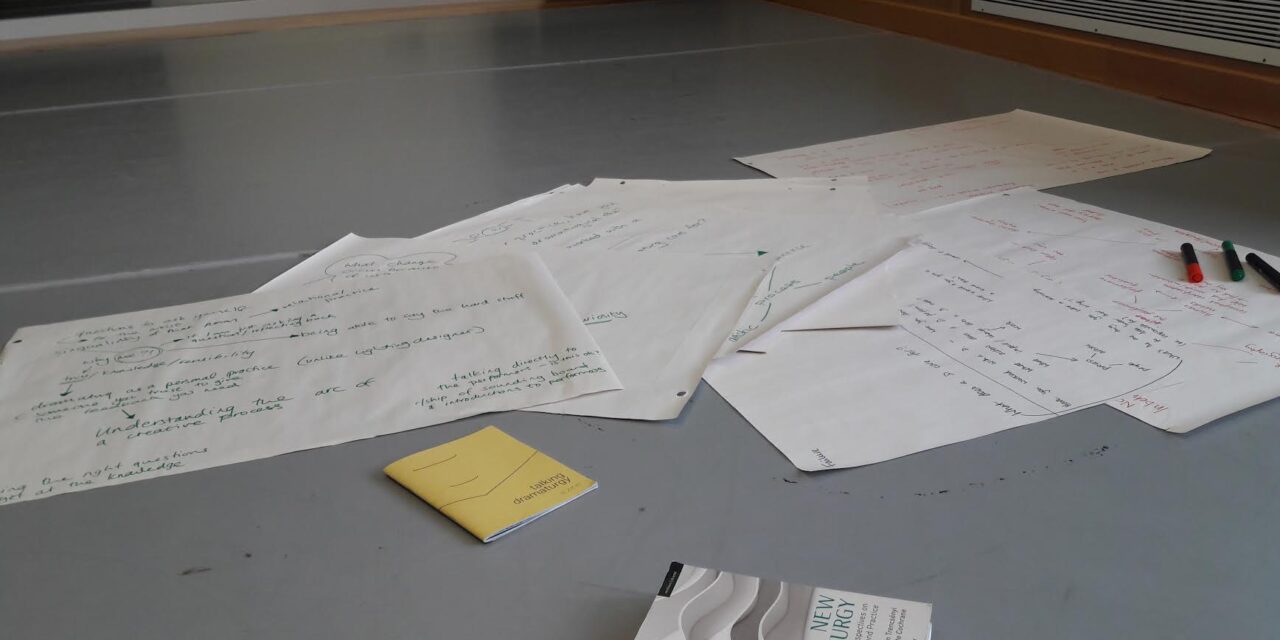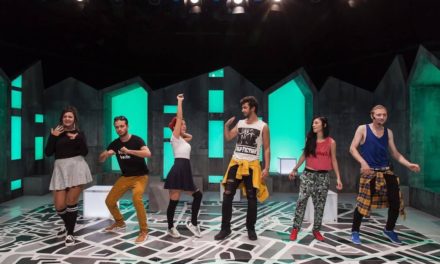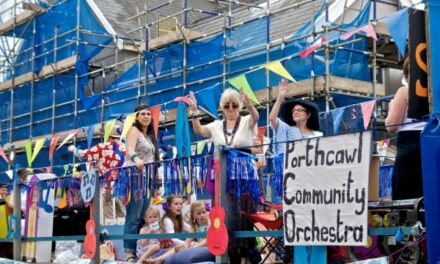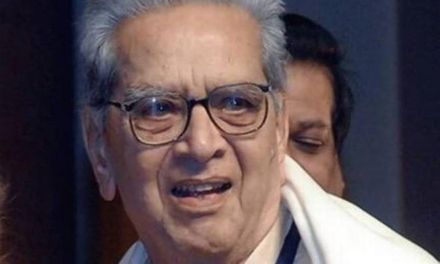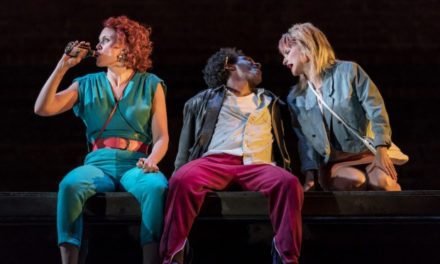This article is part of the Dramaturgs’ Network’s Invisible Diaries series.
At the moment, my dramaturgy practice has come to stillness. As many people experience similarly, I think, my world has at once narrowed to a pinpoint and expanded into nothingness beyond all the limits and parameters we were once used to.
My practice is in dance dramaturgy and so my thoughts, such that they are, have been gravitating towards my sense of body and space. My practice is very much a verbal one; it’s where my expertise lies. But the fabric of my language is the body in space.
My sense of physicality as a dramaturg is a funny thing. I like to negate it – I am not a dancer, not a mover! Not me! I watch, I write, I talk. When I enter a rehearsal room or studio, I often tuck myself into the perimeter, into that liminal working–non–working space where bags and coats are left, notebooks shoved aside, coffee cups and Tupperware filled with lentil salads – the paraphernalia of the exhausting labor of making dance, accumulated before bodies move and when they rest. But even here, I can’t erase my body from the room. I look from where I am sitting, figuratively and literally.
In my practice, I have explored a little what movement means for dramaturgy. It feels like a delicate thing.
In summer 2018 I spent a week’s residency in the dance department at Falmouth University (part of the Academy of Music and Theatre Arts), with dance artist, researcher and dramaturg Ruth Pethybridge. We had originally planned to explore ideas of dramaturgy in community dance; as a sidetrack to our discussions, we noticed that we both often used spatial metaphors or indeed literal spatial relationships to describe our dramaturgy practices. As a dramaturg, I am “next to” the choreographer figuratively and literally, watching things unfold together with you. I am also sometimes behind the action, watching the big picture while you attend to the detail. Some dramaturgs are in amongst, getting hands-on with the interrelationships between creative team members while the choreographer or director is able to stand back. And so on.
We decided to take these spatial metaphors and ideas about how we work with artists and make them literal again. The dance studio became a spatial representation of this relationship with the choreographer/director. We marked out various areas in the studio with flipchart paper – “in amongst,” “in the corner,” “periphery,” “behind,” “beside,” “between.” We explored what it was to physically put our bodies in these spaces, imagining areas of our practice alongside these spatial metaphors, and moving to explore these ideas. It was one of my ongoing attempts to bring the movement of my body into dialogue with my individual dramaturgy practice.
In lockdown times, all of us in the theatre and dance world are thinking really hard (or trying not to think) about the particularity of sharing a single space with other human beings, and how central this is to our art. I thought about what it is that we share when we’re in the same space. Could this be replicated across the virtual field? Might we begin a meeting by aligning our individual spaces according to temperature, the direction of the compass, the height of ceiling, acoustic, wall color, window size…? Or, not being able to share these things, could we name them to each other to note and feel the differences in our surroundings, perhaps imagine our collaborators’ spaces, and take account of the impact of not sharing a space to the act of creativity, when we often take shared space (or the promise of shared space) for granted?
The spaces I inhabit in work and life have drastically reduced. I am mostly in my house and garden, with occasional forays to a large park about 30m from my front door. Each room of the house has taken on a multitude of roles now. These spaces are layered with my actions over the course of the day, the week, and the weeks that have taken place since I stopped going out. Actions are performed regularly in these spaces. I inhabit various positions and perspectives in each space. They are hyper-imbued with memories of movement, gaining patina each day.
In this time of emptiness, questioning daily the value of my expertise in this world, when I thought about writing about my dramaturgy practice, I came up blank.
This is not something strange for me. I work mostly with non–narrative dance forms and there are times when I watch something and don’t immediately have a response.
I learned a great lesson from dance activist Peggy Olislaegers, which I come back to a lot; it is the act of describing what we see, without thinking about anything else – not about our emotional response, not about meaning, not about quality. A woman walks on to the stage, looks at us, lifts her leg and shifts weight. A different person walks on to the stage, stands next to her. They are both wearing red.
It’s a starting point that serves me well as a dramaturg, and an audience member, which helps me strip back my pomp and circumstance, and also my insecurities. Feeling myself now disoriented and uncertain as I negotiate, and ignore, the quicksand which underpins all prospects of my working life, one thing I can perhaps hold on to is simply reflecting on the actions my body performs, in the spaces which I inhabit, as time goes by.
This is what I propose to document over the next few days, as a way of connecting with and perhaps reflecting on my practice. And as a way of acknowledging, and mourning, the fundamental inability to practice, when I cannot share space with makers, and audiences cannot share space with us.
Miranda Laurence is an independent dance dramaturg based in the UK, with over 10 years’ experience working in the dance and arts development sectors. She collaborates with dance artists across the UK and internationally, recently working with Johanna Nuutinen (FI) and Attila Andrasi (HU/ES). Her practice and professional development have been supported by awards from Arts.
Her collaborators work in a range of dance forms, from Kathak to screen dance. She is also in demand as a workshop leader, recently invited to Arhus by the Association of Danish Dramaturgs, and by London Studio Centre for their MA in Dance Producing.
Miranda has also directed the Dance & Academia project based in Oxford since 2008, convening a number of seminars and conferences engaging movement practitioners and academics in many different disciplines.
Alongside her freelance practice, Miranda is employed as Arts Development Officer at the University of Reading, where she is developing a strategic arts program for the University including leading on new public art commissions.
This article is part of the Dramaturgs’ Network’s Invisible Diaries series. This blog entry appeared on the Blog of the Dramaturgs’ Network on 5 May 2020, as part of the Invisible Diaries series and has been reposted with permission.
#InvisibleDiaries
This post was written by the author in their personal capacity.The opinions expressed in this article are the author’s own and do not reflect the view of The Theatre Times, their staff or collaborators.
This post was written by Miranda Laurence.
The views expressed here belong to the author and do not necessarily reflect our views and opinions.

